Organisations that exceed the Safeguard Mechanism threshold are being urged to review their emissions baselines and, if necessary, register for the scheme. If your organisation is already registered, you may need to submit updated baseline information.
These actions fall to designated large facilities that emit greater than 100ktCO2e annually and are therefore subject to the National Greenhouse and Energy Reporting (Safeguard Mechanism) Rule (the Safeguard Rule). Under the Rule, they must keep emissions below individual facility baselines. Should they fail to do so, they need to source and surrender Australian Carbon Credit Units (ACCUs) to the Clean Energy Regulator (CER).
Responsible emitters for facilities which exceeded the Safeguard threshold for the first time in FY21-22 must register with the CER by 31 August 2022 to ensure compliance with the provisions of the Rule and manage their facilities’ emissions accordingly.
Energetics has advised large emitting companies on their obligations under the Safeguard Mechanism since its inception. Here we discuss upcoming requirements, planned consultations and the ways in which we can support your business with compliance.
The importance of staying on top of changes in legislation
Responsible emitters for facilities already covered by the Safeguard Mechanism must remain aware of legislative changes. Past amendments to the Safeguard Rule led to the expiry of historical reported baselines on 30 June 2021, which resulted in a requirement for every facility with a reported baseline to apply for either a transitional calculated or production-adjusted baseline by 31 October 2022. Failure to apply by this date will result in the facility receiving the default baseline of 100ktCO2e – this can result in large ACCU liabilities for facilities with large annual emissions profiles. Similarly, any facility with a calculated baseline that expired on 30 June 2021 also has until 31 October 2022 to apply for a production-adjusted baseline and avoid receiving the default number.
Energetics can support you and your organisation to navigate the complexities of the Safeguard Rule and help you to understand the impact of proposed changes to emissions management legislation on your operations. The services we provide include:
-
Assistance with responsible emitter registration via the CER
-
Preparation of emissions inventories and forecast trajectories
-
Assessment of baseline transition options and provision of guidance around appropriate transitional pathways
-
Developing an understanding of potential future emissions abatement liabilities
-
Assistance with ACCU procurement strategies
-
Baseline application support.
What else is happening?
Any application for a transitional calculated baseline must now use the prescribed production variables and default emissions intensities specified in the Safeguard Rule. Default intensity values are not yet established for all production variables. The Department of Climate Change, Energy, the Environment and Water has recently announced a consultation to amend the Rule to set all remaining default emissions intensity values, paving the way for all facilities to access the relevant production variables in their baseline transition applications.
The newly elected Labor government is committed to increasing Australia’s emissions reduction efforts under the Paris Agreement, targeting a 43% reduction on 2005 levels by 2030. The government will gradually reduce emissions under the Safeguard Mechanism to achieve this target and help Australia reach net zero emissions by 2050. A consultation process is expected to commence in early FY2023 to explore the mechanics of this process and determine what future baseline reductions will look like across Australia’s emissions intensive facilities and sectors.
Please contact the author or our experts to discuss any aspect of the Safeguard Mechanism and your compliance obligations.



